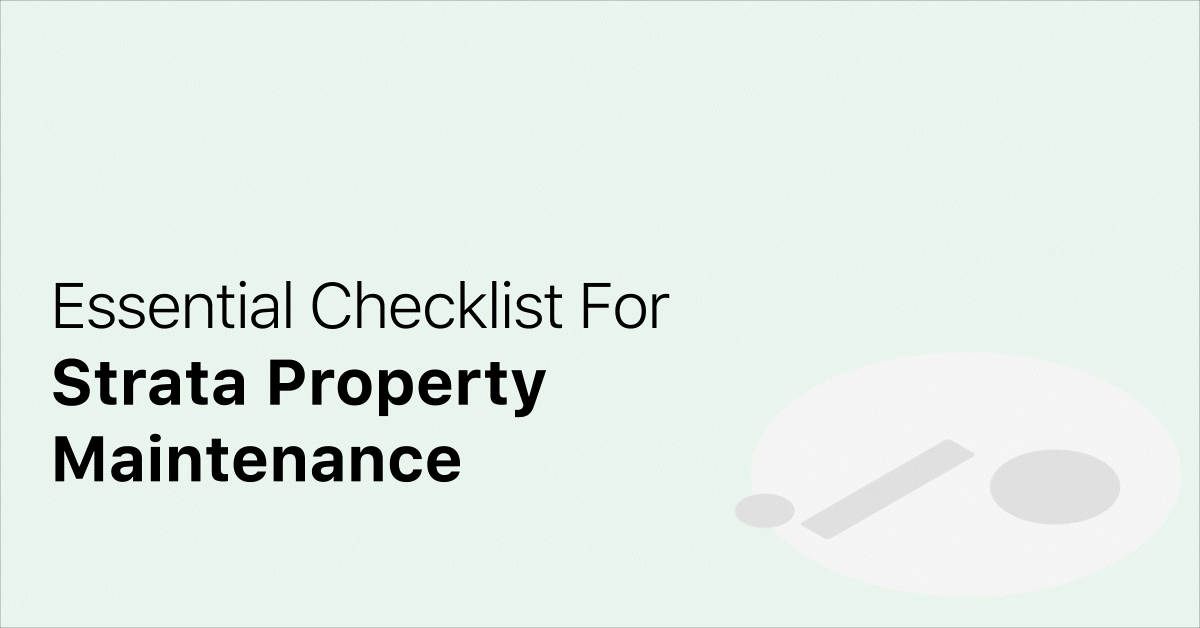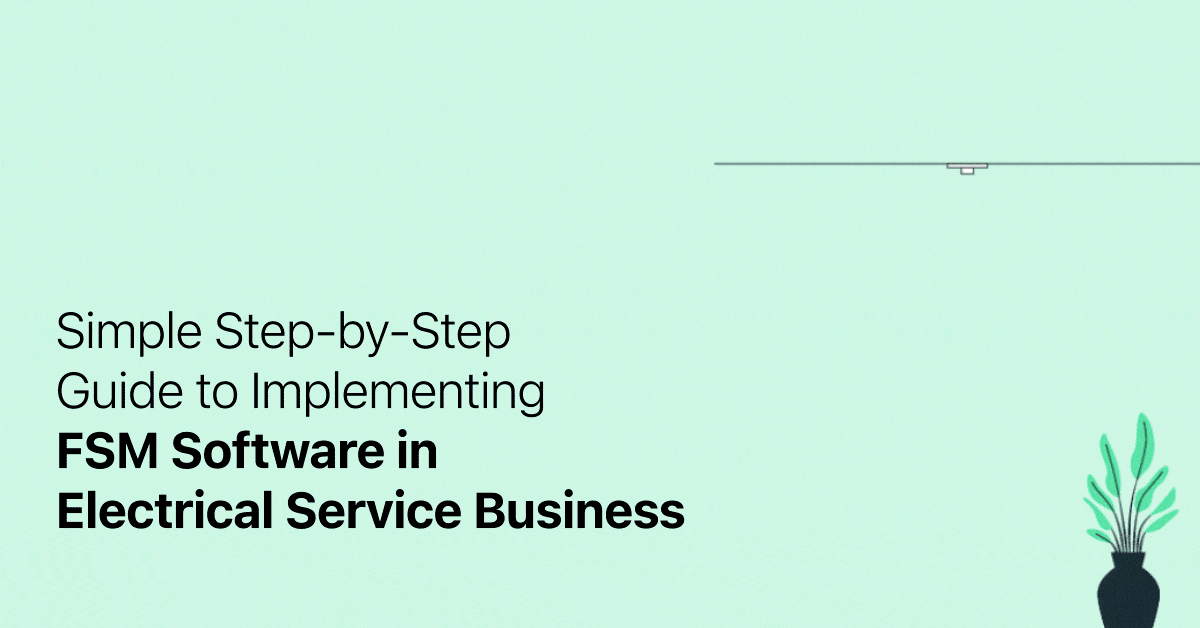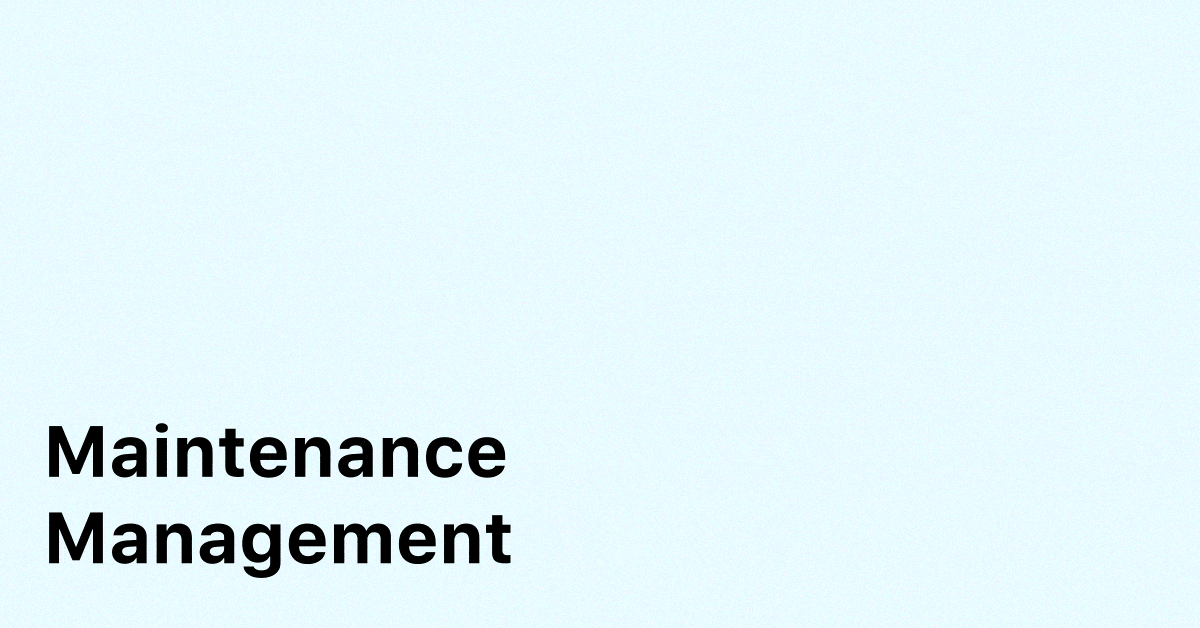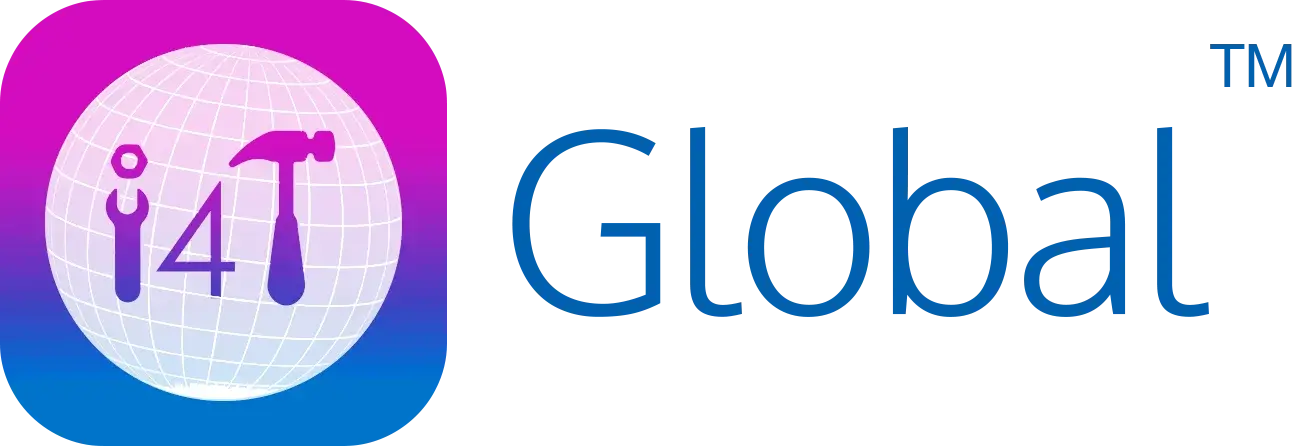International property maintenance code helps property managers understand their roles and responsibilities in keeping their tenants safe and happy. It also increases the value of properties and helps follow the state’s regulations.
What is the international Property Maintenance Code?
As per the ICC Digital Codes, the international Property Maintenance Code is a model code. It regulates the minimum maintenance requirements for existing buildings.
The IPMC comprises a document that outlines the minimum standards for maintenance of equipment and systems. These include systems such as lighting, HVAC, sanitation and fire safety. Responsibilities are laid out not only by the property managers, but also service suppliers and occupants.
The idea is to ensure safe and efficient use of the buildings that can benefit the whole community.
What Sections are Covered in the International Property Maintenance Code Document
The international property maintenance code document is divided into several chapters. Each of these are dedicated to the maintenance of certain equipment or systems installed in the building.
Chapter 1: Scope and Administration
This chapter is divided into two parts. Part one outlines the scope and applicability of the code, whereas part two discusses the enforcement and administration of the code.
The provisions in this chapter talks about the extent of the authority of the official overseeing the property. It also mentions the rights and privileges extended to the property owner and the occupants of the building.
Chapter 2: Definitions
Chapter 3: General Requirements
This chapter outlines the broad scope of the IPMC. It mentions requirements for the exterior and the interior components of the building and its structure. It also outlines personnel responsible for maintaining these components and complying with the regulations set forth.
These requirements in the international property maintenance code include responsibilities of the code officer as well as that of owners and occupants. It covers components including:
- Vacant structures or land
- Building safety
- Pest control
- Appearance requirement for the interior and exterior
- Maintenance of swimming pools and spas
- Vehicle storage
- Rubbish and garbage disposal
- Protection at entrance and exit points
Chapter 4: Lights, Ventilation and Occupancy Limitations
This chapter deals with the minimum conditions and standards for lights, ventilation and space when occupying a property.
These requirements are applied individually to separate areas on the property. These include bedrooms, living rooms, halls and staircases, bathrooms, kitchen and laundry.
The chapter also outlines exceptions to these requirements. It also discusses alternative arrangements of windows and any other devices that may be used for the purpose of lighting and ventilation. Finally it outlines minimum area requirements to avoid overcrowding.
Chapter 5: Plumbing Facilities and Fixture Requirements

The provisions in this chapter talks about the minimum sanitation requirements for the property. It outlines requirements for installation, maintenance and location of plumbing fixtures. It also covers water heatings systems, sewage disposal systems, storm draining, water supply and plumbing.
These international property maintenance code requirements are broken down into building types as well as the system in question. The code prohibits occupancy on any such building that does not comply with the set forth requirements by the code.
Chapter 6: Mechanical and Electrical Requirements
This chapter covers all mechanical and electrical aspects of the building. More precisely, it talks about roles and responsibilities of maintenance personnel, owners and occupants in terms of the following:
- HVAC systems
- Cooking equipment and appliances
- Ventilation and exhaust systems
- Gas distribution via pipes, fire place, chimneys, vents and related components
- Electrical distribution via outlets, lights, devices and wiring
- Elevators, escalators, and dumbwaiters
Chapter 7: Fire Safety Requirements
This section within the International Property maintenance Code addresses fire safety requirements for residential, commercial and industrial buildings, detailing:
- Means of exit
- Path of travel
- Minimum requirement for egress width
- Exit doors
- Emergency escape routes and openings
- Fire resistant accessories
- Fire protection systems
- Fire detection systems including carbon monoxide alarms.
Chapter 8: Reference standards
International Property Maintenance Code Inspection Checklist
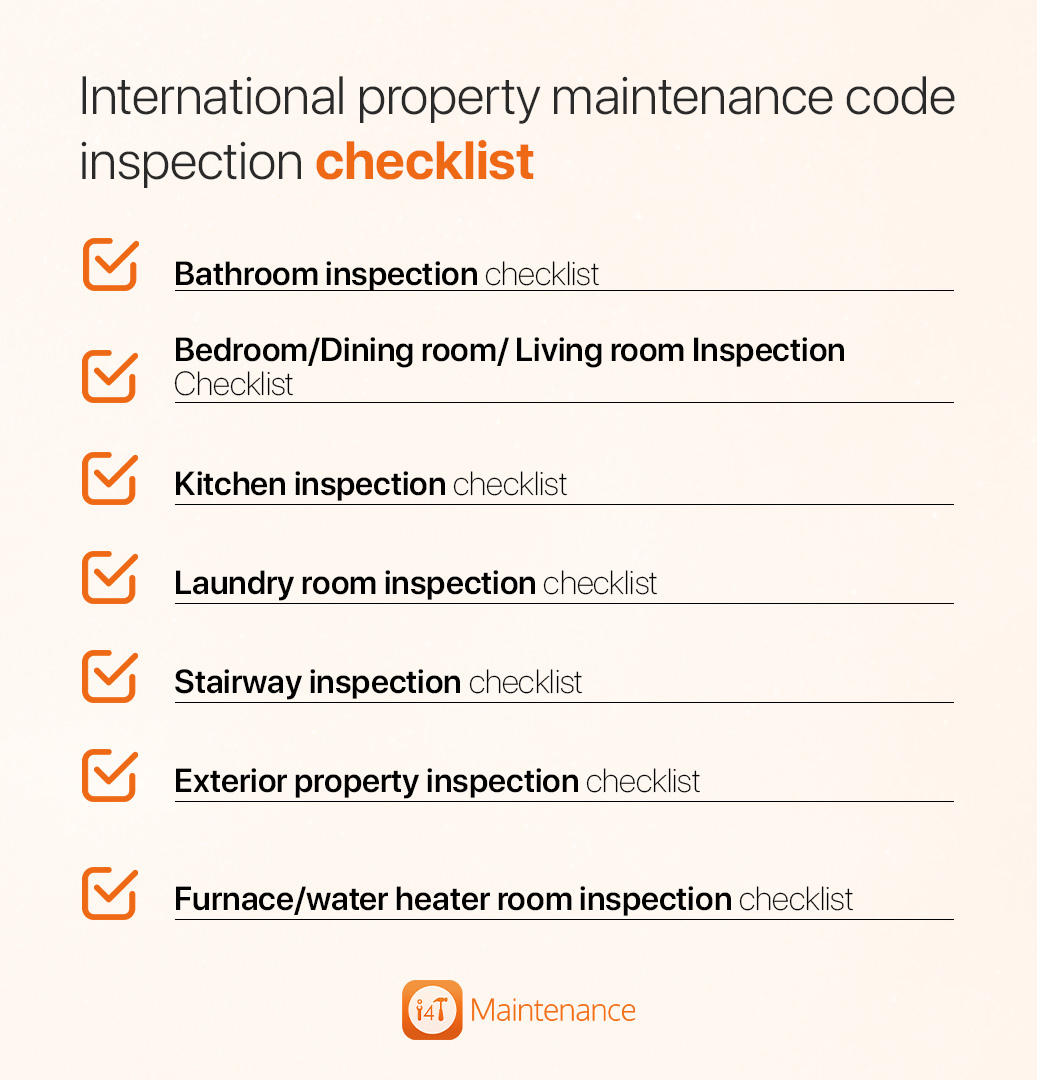
The international property maintenance code inspection checklist outlines the required facilities, acceptable conditions suitable for dwelling.
Bathroom Inspection Checklist:
The international property maintenance code for bathrooms include:
- Required facilities in the bathroom include Tub/Shower, lavatory, water closet.
- Tub/shower, lavatory and water closet should be properly installed with no leaks or blockages. Must be connected with a proper drainage system.
- Checked for hot and cold water. Checked for volume and pressure. Functioning of stack, vent, waste and sewer should be flawless.
- The interior of the bathroom including floors must be structurally sound, with all equipment in good condition.
- Bathroom height should not be less than 7 ft. Have adequate light with at least one light fixture. Ventilation requires one window or 8% of floor area with openable area of 45% or more.
- Bathrooms should be free of infestations.
- Windows, walls, ceiling and woodwork should be well maintained, in good sanitation condition, not deteriorated or in a defective condition.
- Heating facilities should be capable of maintaining 68 Degree F or 20 Degree C.
- All electrical systems and electrical equipment should be properly installed and safe.
- There must be at least one receptacle/powerpoint present in the bathroom.
Bedroom/Dining Room/ Living Room Inspection Checklist:
The international property maintenance code for bedroom/dining/living include:
- Ensure there is privacy in the bedroom. Ensure there is access to the water closet. No entry and exit to the house through the bedroom.
- The interior and exterior of the bedroom are structurally sound, in good condition and with proper sanitation.
- Doors and windows must be openable/closable and secure.
- Walls, floor, ceiling and woodwork are all in good condition, not deteriorated or defected. No paint is peeling off. No mold. No cracked or loose plaster. No decay.
- Bed/dining/living room is free from pest infestations.
- Bed/dining/living room has sufficient area for sleeping per occupancy i.e 1 person/70 sq ft. Ceiling height is not less than 7 ft.
- It has adequate light, ventilation and heating facilities. More than 1 window or 8% of floor area openable.
- It has all necessary electrical equipment, which is properly installed and checked for electrical hazards.
- Bedroom has at least 1 smoke alarm located inside the room and 1 outside the room.
- Dining room and living room are not overcrowded. 80 Sq Ft per 3-5 people and 150 Sq Ft for 6 or more people.
Kitchen Inspection Checklist

The international property maintenance code for kitchens include:
- 3 ft Minimum distance between counters, appliances and walls.
- Adequate space for food preparation. Suitable placement for installing, using and storing appliances.
- Properly installed kitchen sink with care for sanitation and safety. No leaks and proper drainage system. Right amount of water volume and pressure.
- Facility for hot and cold water. Stack, vent, waste and sewer should be functioning properly without leaks, blockages or faults.
- Standard requirements for interior and exterior structure, doors, windows, flooring, woodwork, ceiling, light and ventilation, heating, pest control and electrical systems.
Laundry Room Inspection Checklist
The international property maintenance code for laundry include:
- Clothes washer should be properly installed, safe to use with no leaks and blockages. Fixture should be connected to drainage. Stack, vent, waste and sewer should work flawlessly. Right amount of volume and pressure should be provided with hot and cold water options.
- Same applies to laundry sink
- Independent and correctly installed clothes dryer exhaust and is safe for use. If the appliance runs on gas, ensure removal of combustion products and combustion air.
- Standard requirements for interior and exterior structure, doors, windows, flooring, woodwork, ceiling, light and ventilation, heating, pest control and electrical systems.
- Must have at least 1 light fixture and 1 grounded GFCI or receptacle.
Stairway Inspection Checklist
The international property maintenance code for stairway include:
- Stairs and walking surfaces should be structurally sound and safe for use.
- Handrails and guardrails should be securely in place. Ideal height 30 + inches
- Sufficient light to allow safe utilisation.
- Standard requirements for interior and exterior structure, doors, windows, flooring, woodwork, ceiling, light and ventilation, heating, pest control and electrical systems.
Exterior Property Inspection Checklist
The international property maintenance code for exteriors include:
- Exterior of the property is clean from rubbish.
- There is proper drainage, with no stagnant water or soil erosion.
- Sidewalks and driveways are safe from hazards
- There are no poisonous or overgrown weeds.
- Presence of rodents or other pests.
- No hazardous exhaust fumes due to vents
- Garage, fence, and walls are all structurally sound and in good condition.
- No unlicensed or discarded vehicles are present on the property
- Proper garbage disposal facility is present
- Proper storm drainage is installed.
- Property electrical facilities and equipment are present and installed according to the electrical code and are safe for use.
- Pools, spas, hot tubs are all in good working condition and sanitised. Proper enclosure is provided to ensure safety.
- Pain, structure, foundation, chimney and walls are sound, weatherproofed and in good condition. It is well maintained and preserved. No deterioration, cracks, plumbing issues exist.
- Windows have locking devices, insect screens, glazed, weather tight, free of cracks.
- Doors are secure, in good condition, provide egress and have locks.
- Decks, porches, balconies are all structurally sound, and have secure handrails.
- Basement is secure, prevents drainage water and entry for rodents. Basement windows have rodent shields.
- All fixtures are connected to main and approved drainage for allow proper sanitation and is well maintained.
Furnace/Water Heater Room Inspection Checklist
The international property maintenance code for furnace/water heater room include:
- All electrical systems are correctly installed, with proper wiring, correct appliances and are free from hazards.
- At least one light fixture is present
- All mechanical appliances are correctly installed, well performing and safe for use.
- Fuel burners are connected to vents. Combustion requirements are met with proper ventilation and adequate space. Safety controls are in place.
- Energy saving devices are properly connected to fuel supply, are labelled and approved.
- Ducts are clean and perform well.
- Fire resistance equipment is well maintained.
Wrapping up
The international property maintenance code is a great document for property managers to refer to as they rent out or sell new properties.
IPMC comes in handy as property managers handle their new or existing portfolios.
The document is updated from time to time. Ensure you check the latest version to keep abreast with your roles and responsibilities. It helps property managers carry out timely repair and replacement as well as carry out preventative or planned maintenance activities.
i4TMaintenance is a Property Maintenance software that can help property managers carry out their roles and responsibilities in accordance with the international property maintenance code. Signup for i4T Maintenance and see how it can help your business meet its compliance obligations.
Hot off the press!

With our cutting-edge technology and in-depth knowledge of how the Field Service Management sector operates, the i4T Global Team loves to share industry insights to help streamline your business processes and generate new leads. We are driven by innovation and are passionate about delivering solutions that are transparent, compliant, efficient and safe for all stakeholders and across all touch points.


